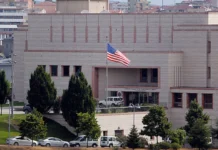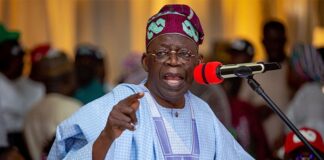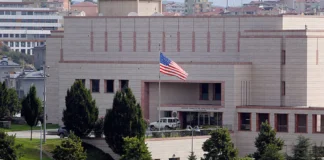The National Bureau of Statistics (NBS) says the country’s labour population increased from 83.9 million in the second quarter to 85.1 million in the third quarter of 2017, a difference of 1.2million in additional workforce.
The NBS stated this in its latest report, “Unemployment and Under Employment Report from 1st quarter to third quarter 2017’’ released on Friday in Abuja.
The NBS stated that the total number of people in full-time employment (at least 40 hours a week) declined from 52.7 million in the second quarter 2017 to 51.1 million in third quarters.
It stated that the unemployment rate increased from 14.2 per cent in the fourth quarter 2016 to 16.2 per cent in second quarter 2017 and 18.8 per cent in the third quarter, 2017.
The number of people with the labour force who were in unemployment or underemployment increased from 13.6 million and 17.7 million respectively in the second quarter 2017, to 15.9 million and 18.0 million in the third quarter 2017.
It stated that total unemployment and underemployment combined increased from 37.2 per cent in the previous quarter to 40.0 per cent in the third quarter.
During the third quarter 2017, the report stated that 21.2 per cent of women within the labour force (aged 15-64 and willing, able and actively seeking work) were unemployed, compared with 16.5 per cent with 16.5 per cent of men within the same period.
According to the report, Nigeria’s economic growth has been decelerating since second quarter, 2014 culminating in an economic recession in second quarter, 2016.
It stated that the technical indicator of a recession was two consecutive quarters of negative economic growth as measured by a country’s gross domestic product (GDP).
The report stated that the economic recession was technically over in second quarter of 2017.
However, it noted that several economic activities were still contracting or recovering sub optimally, noting that an economic recession was consistent with an increase in unemployment as jobs were lost and new jobs creation was stalled.
The report stated that a return to economic growth provided an impetus to employment.
However, it stated that employment growth might lag, and unemployment rates worsened, especially at the end of a recession and for many months after.
In addition, it stated that the unemployment rate, induced by a recession, typically peaks about 15-18 months after the beginning of a recession or four to eight months after the end of a recession before it returns to its pre- recession trend.
This, it stated in the case of Nigeria, would be a peak in fourth quarter which means we would only expect unemployment to return to its normal trend in 2018.
It stated that the length of the lag would depend on how deep and long the recession was.
It noted that it would also depend on how stable and fast the recovery was as well as on the economic sectors driving the recovery, whether it is labour or capital or intensive technology.
NAN




























